Stories about the characteristics of well-known Central American coffee producing areas
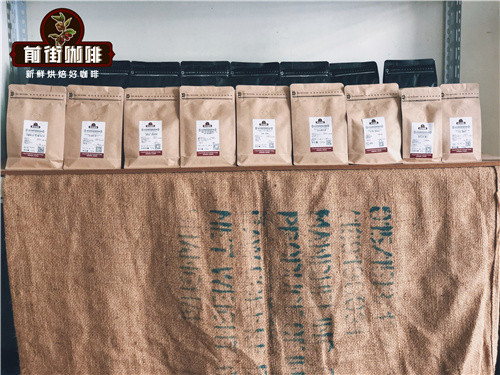
Professional coffee knowledge exchange more coffee bean information please follow the coffee workshop (Wechat official account cafe_style)
The taste of coffee in Central America is more balanced than that in Africa, and the sour and bitter flavors are very mild, so Central American coffee can win the favor of most people. Qianjie is in line with the idea of letting people try different types of coffee beans, and many Central American coffee beans have also been put on the shelves. Qianjie will introduce to you several representative coffee producing countries in Central America.
Costa Rican coffee
Of course, when it comes to Costa Rican coffee, we have to mention the Tara Pearl producing area, where Costa Rican Arabica coffee beans have high purity, mellow taste and stable acidity. The use of honey treatment makes Costa Rican coffee beans very sweet. Like the Bach coffee bean in the musician series in front of the street, it is a very sweet coffee bean. When you taste this Baja coffee, it has a very rich fruit flavor, such as apples, strawberries, grapes and so on.
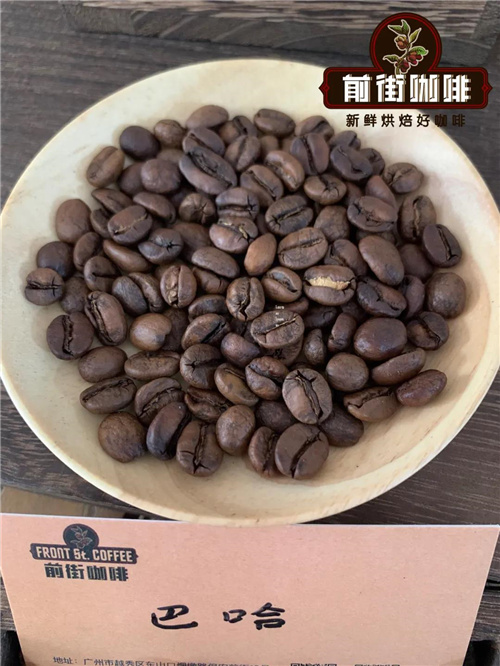
This Bach coffee in Qianjie has such a rich sweetness that it is closely related to the raisin honey treatment it uses to treat raw coffee beans. The general treatment steps are as follows: first, the coffee fruit is dried like raisins, the general drying time is two to three days, when the water content of the coffee fruit is reduced, the peeling treatment is carried out, and the pectin is retained for drying. According to the degree of retention of pectin, Costa Rica is divided into yellow honey, red honey and black honey. Yellow honey contains 40% pectin, red honey contains 25% pectin. Ah, black honey hardly removes pectin.
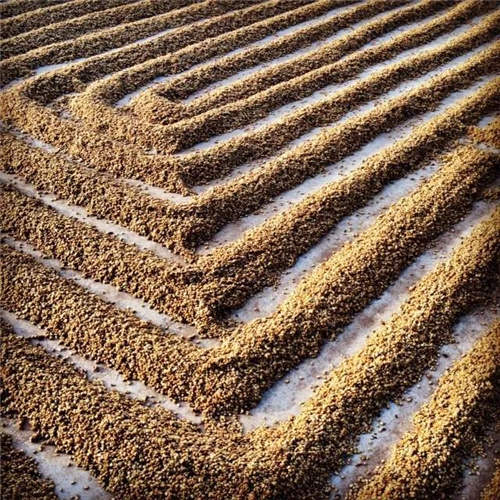
Costa Rican coffee is mainly grown in volcanoes above kilometer above sea level, and the volcanic soil is fertile and has good drainage, which makes the unique planting environment in Costa Rica. This terrain is very suitable for growing Kaddura and Kaduai varieties. However, Costa Rica also has its own variety of coffee-Vera Saatchi. This coffee variety is relatively rare. Vera Saatchi is suitable for planting in high altitude areas and has strong wind resistance, but it needs shade trees, which is more conducive to its growth.
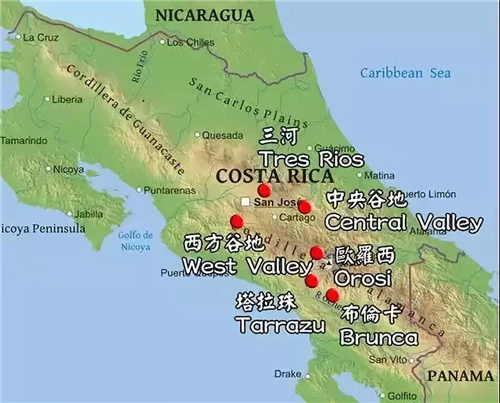
Guatemala
Guatemala is also located in Central America, with tropical rain forests in the north, volcanic landforms 4,000 meters high in the middle, and volcanic soil rich in trace elements. Guatemala has a long history of coffee cultivation, but it has declined because of the war. However, with continuous efforts, Guatemala has now become a coffee country in Central America.
In Guatemala's coffee grading system, Guatemala uses altitude to grade its quality. SHB is the highest grade of Guatemalan coffee beans. Coffee trees are generally planted at an altitude of 1400 meters, and raw beans are generally treated by washing. Generally, high-quality Guatemalan coffee has a high acidity and rich flavor, and the taste is very mellow.
The two most famous producing areas in Guatemala are Antigua and Vivette Nan Fruit. Because the quality and flavor of coffee beans in these two producing areas are very high, coffee beans from these two producing areas have also been put on the front street, one is Vivette Nanguo coffee beans of the former street food bean series, and the other is the flower god of Antigua.
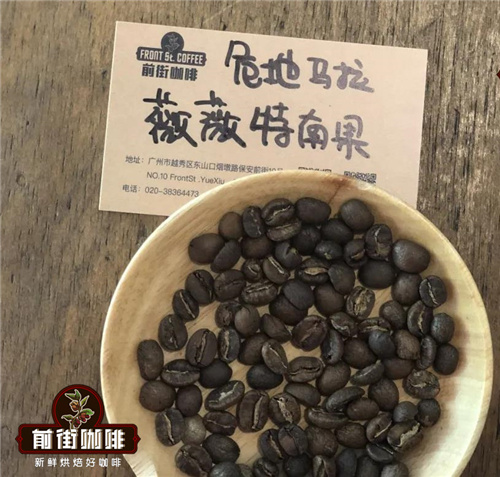
Qianjie Cup tested the Huasheng coffee beans from Antigua producing areas, and thought that the single coffee beans from Antigua producing areas have a very typical Guatemalan flavor. The entrance can feel the bright acidity, and the very obvious melon aroma can be smelled when brewing. It's very refreshing.
The varieties of coffee in Guatemala are mainly bourbon, iron pickup, Kaddura, Kaduai and a small amount of yellow bourbon, Rosa and Pacamara, as well as the newly cultivated variety Maracadura.
Honduras
Honduras is an ideal place for coffee to grow. It is located in the north of Central America. The topography of Honduras is mostly mountainous and plateau, with a tropical climate, mild temperature and abundant rainfall. This terrain and climate are very suitable for growing varieties of bourbon, iron pickup, Kaddura, Kaduai and Pacas, which are also mainly grown in Honduras.
The Sweet Orange Manor in Honduras is also very well known. The shade tree of the coffee tree is a tall wild orange tree, so it is called Sweet Orange Manor. At present, the varieties planted on the estate are Kaduai Catuai, Kaddura Caturra, bourbon Bourbon and Rosa Geisha. There is also a coffee bean from the sweet orange manor on the front street. This bean is mainly washed in the front street. After the coffee beans are picked manually, they are poured into the trough to remove the floating beans, then the flesh is removed and placed in the fermentation tank for 16-36 hours. Remove pectin, clean after fermentation, and dry. The processed coffee tastes clean, with bright and lively acidity, as well as fruit flavor and floral aroma.
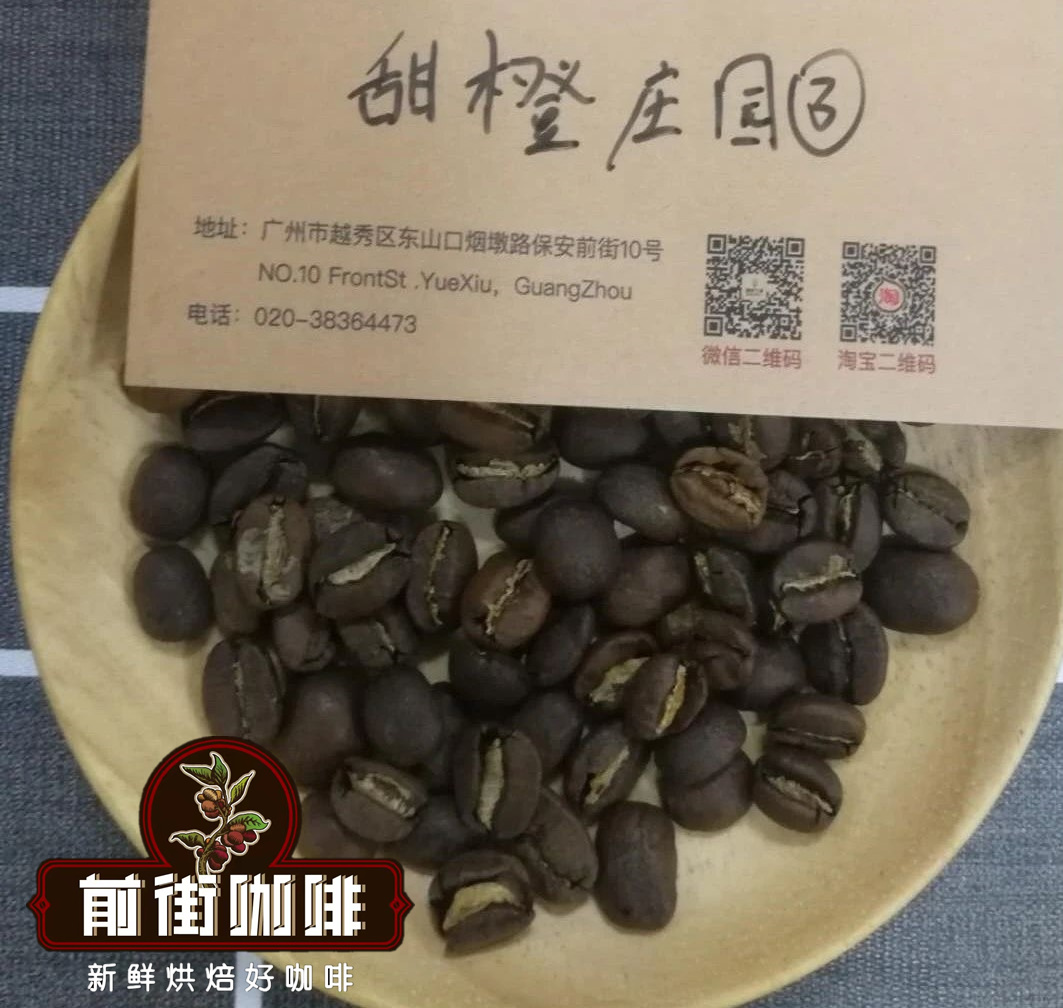
Qianjie mainly introduces these three very famous Central American coffee producing countries, although they are all Central American coffee beans, but the flavor is different. Qianjie also found that most of the coffee-producing countries in Central America are located in volcanic landforms, which seems to be of great help to the formation of coffee flavor.
The coffee beans of the Americas, one of the three largest coffee producing regions in the world, the coffee flavor of Central America can occupy a place even compared with Ethiopia's Yegashifi or Sidamo. Qianjie believes that any single coffee bean from Central America has its own unique flavor and is very suitable for hand-brewed coffee. The use of hand flushing method can better express the flavor of a single producing area.
In addition to Central America, there are also African regions in the three major coffee producing areas, and the most famous in Africa is Ethiopia, in which the clean lemon and citrus flavor of Yegashifi and the sun-treated Sakuran in Sidamo are with a flavor of vanilla cream and a strong floral aroma, so this Huakui coffee has a very high click-through rate in the Qianjie coffee shop. One of the three major coffee producing areas is the Asian producing area, where the coffee flavor is relatively mellow, and the Indonesian coffee is the most outstanding representative. The Mantenin coffee flavor of Sumatran coffee conquers people with its wild herbal flavor, and sweetness is also a major feature of Manning.
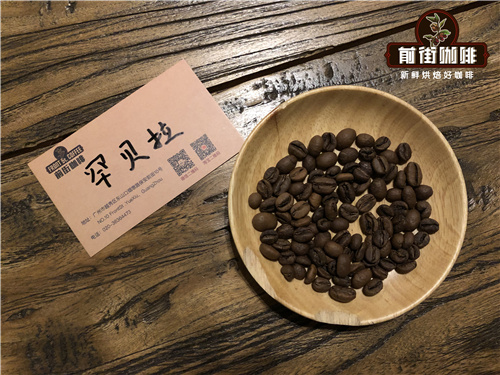
The coffee producing areas in the world are mainly distributed between the Tropic of Cancer and the Tropic of Cancer. People also call this golden coffee planting belt. Qianjie believes that this is the best zone given to human beings by nature, so that cups of delicious coffee continue to flow into our daily lives. add more color to people's lives.
For more boutique coffee beans, please add private Qianjie coffee on Wechat. WeChat account: kaixinguoguo0925
Important Notice :
前街咖啡 FrontStreet Coffee has moved to new addredd:
FrontStreet Coffee Address: 315,Donghua East Road,GuangZhou
Tel:020 38364473
- Prev

Panamanian Cupid boutique coffee beans 30% geisha / Rosa content premium boutique coffee beans
Panamanian Boquette Cupid 30% Geisha ~ 2017 latest batch production area: Poquette Baru volcanic area producer: local small farmers varieties: Rosa, Kaduai, Kaddura treatment: washing altitude: 1600-1650m flavor: floral aroma, white grape, caramel, honey, black tea Panamanian coffee originated in 1780, from European immigrants introduced the first batch of Typica tree species. BA
- Next
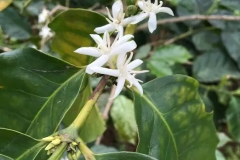
Introduction of Coffee Flavor in different producing areas of South America
Well-known representative coffee: Santos Brazil is the world's largest coffee producer, with the first total output in the world, accounting for about 1% of the world's total output, mainly in the central and southern provinces. Brazil is suitable for growing coffee, the terrain is relatively flat, most coffee gardens are less than 1200 meters above sea level, and there is no shade from big trees, because the raw and ripe berries are harvested at the same time, so it is not a fine product.
Related
- Detailed explanation of Jadeite planting Land in Panamanian Jadeite Manor introduction to the grading system of Jadeite competitive bidding, Red bid, Green bid and Rose Summer
- Story of Coffee planting in Brenka region of Costa Rica Stonehenge Manor anaerobic heavy honey treatment of flavor mouth
- What's on the barrel of Blue Mountain Coffee beans?
- Can American coffee also pull flowers? How to use hot American style to pull out a good-looking pattern?
- Can you make a cold extract with coffee beans? What is the right proportion for cold-extracted coffee formula?
- Indonesian PWN Gold Mandrine Coffee Origin Features Flavor How to Chong? Mandolin coffee is American.
- A brief introduction to the flavor characteristics of Brazilian yellow bourbon coffee beans
- What is the effect of different water quality on the flavor of cold-extracted coffee? What kind of water is best for brewing coffee?
- Why do you think of Rose Summer whenever you mention Panamanian coffee?
- Introduction to the characteristics of authentic blue mountain coffee bean producing areas? What is the CIB Coffee Authority in Jamaica?

